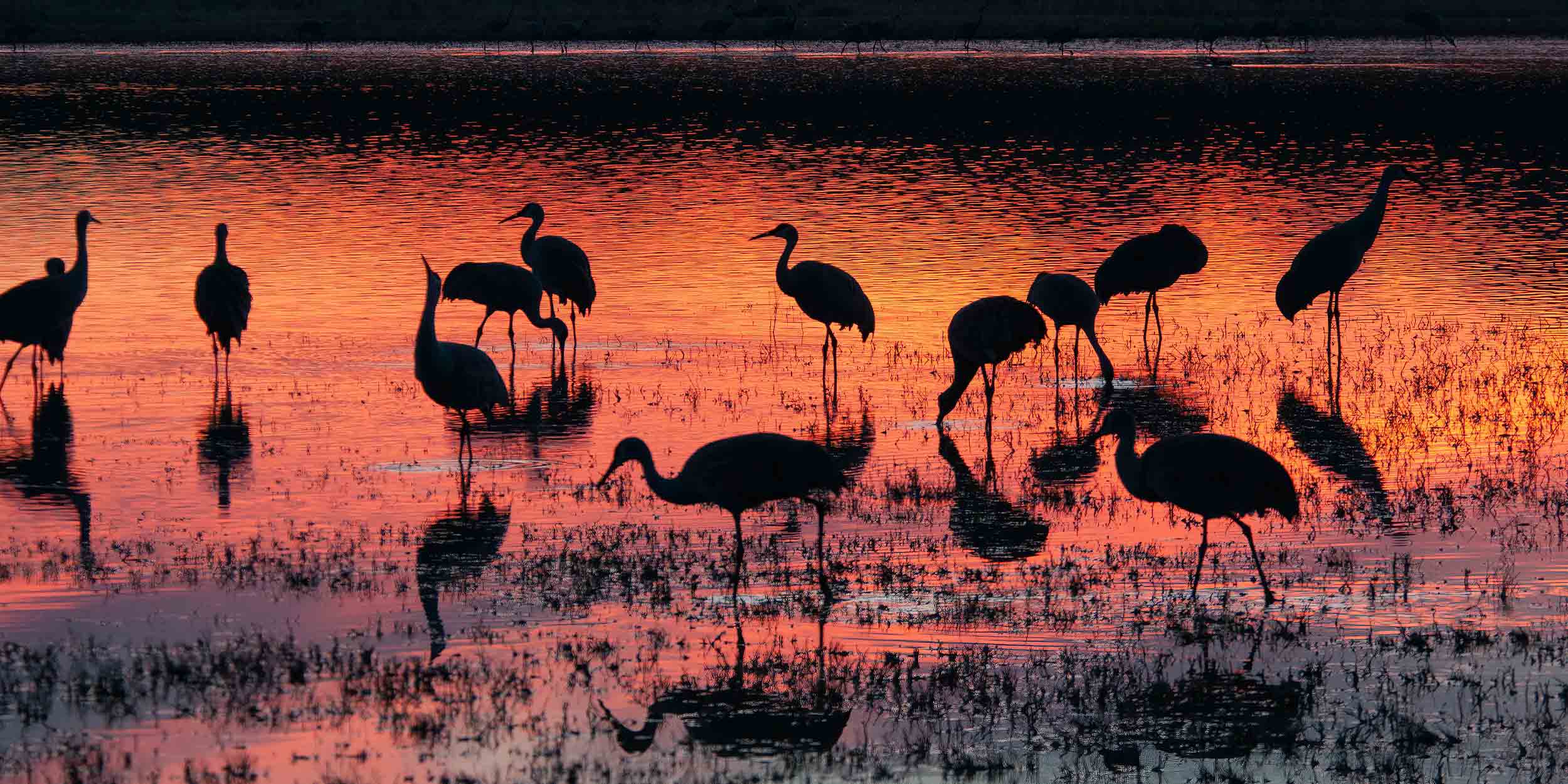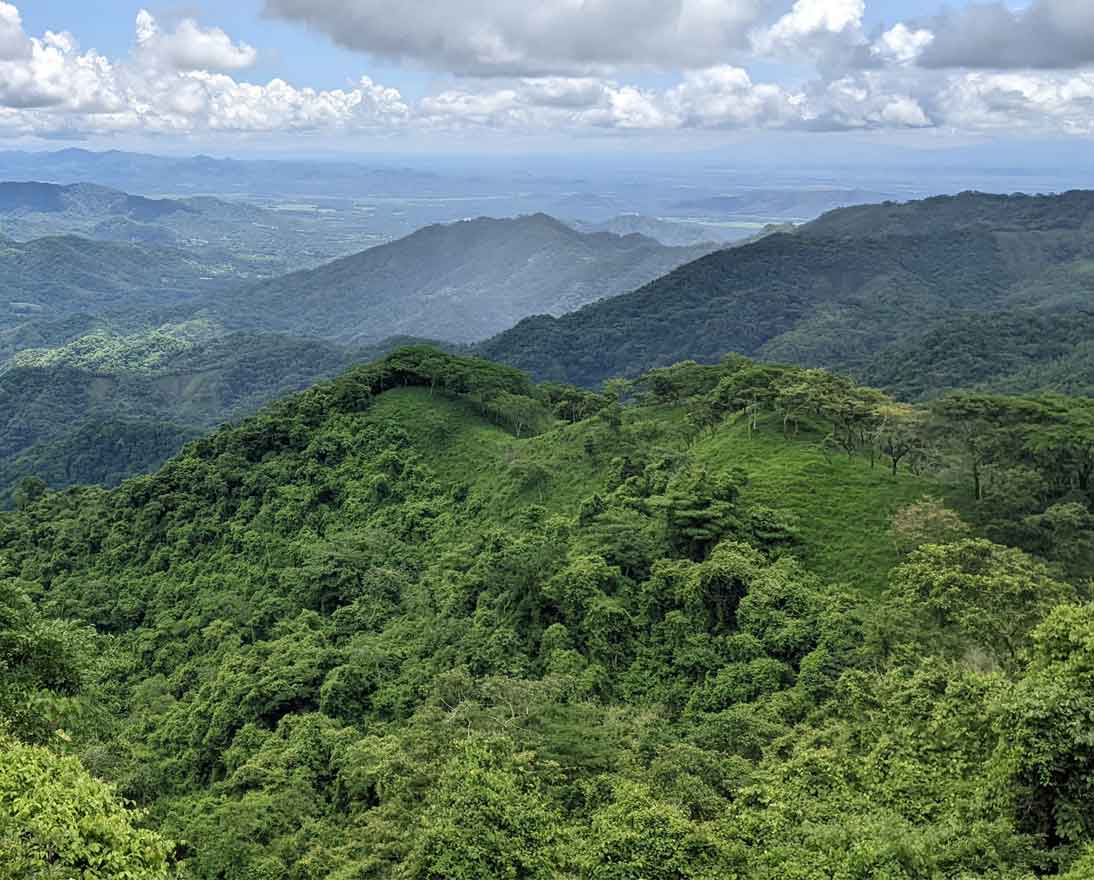Wetlands: Nature’s lifeline for biodiversity and climate resilience
BiodiversityArticleFebruary 2, 2025
Wetlands are home to 40 percent of the world’s species and provide food and clean water. They can also help us to combat and adapt to climate change. Learn about the importance of wetlands and why we need to protect these vital ecosystems.
A wetland is an area of inland or coastal land partly covered or saturated by water. They come in many forms, like salt marshes, mangroves and peatlands, and examples are found across all continents.
These little-known ecosystems provide habitat for thousands of aquatic and terrestrial plants and animals with close to 40 percent of all the world’s species calling a wetlands home.
But wetlands matter to people, too. Wetlands filter and purify polluted water, and they provide food and livelihoods. They can also help us to mitigate climate change and adapt and build resilience to extreme weather events.
Despite their importance, the world’s wetlands are under serious threat, disappearing three times faster than forests. In fact, about 35 percent of the world’s wetlands were lost between 1970 and 2015, and the rate of decline continues to accelerate.
How do wetlands build climate resilience?
Wetlands provide a natural defense against many natural hazards and can help protect us from the growing frequency and intensity of extreme weather events. For instance, they form a barrier to flooding from the coast, intercepting high tides and distributing the force of incoming water over flood plains. Heavy rains can then be absorbed into the porous ground beneath the wetland surface.
They also provide protection from windstorms. Hurricane Sandy was one of the worst storms to hit the U.S. East Coast back in 2012, but it would have been far worse if not for the region’s mangrove swamps. Across the four states with the most wetland coverage, flood damage was reduced by 20-30 percent compared to unprotected areas. In New Jersey alone, where wetlands cover 10 percent of the floodplain, it is estimated the state saved nearly USD 430 million in flood damage.
It is for this reason that Zurich Canada joined forces with environmental non-profit Ducks Unlimited Canada to form Nature Force. Using modeling tools, Nature Force identifies urban areas across Canada that are susceptible to flooding and then develops projects to restore or manage wetlands to provide flood resilience.
Not only is it an example of building climate resilience, but it also works to boost local biodiversity by providing wildlife habitat.
“Flood events are the most common natural disaster in Canada,” says Matt Rocha from Zurich Resilience Solutions Canada. “Protecting and restoring nature-based climate solutions, such as wetlands and other natural habitats, are critical to making our communities more resilient.”
How do wetlands combat climate change?
Wetlands are home to an abundance of plant life that release oxygen, while also capturing and storing huge amounts of carbon in their soils – known as carbon sequestration. In this way, wetlands act as carbon sinks – areas that take in more carbon than they release.
Mangroves and coastal wetlands, for example, annually sequester 10 times more carbon than mature tropical forests, and store three to five times more carbon per equivalent area.
Peatlands are even more remarkable. They are one of nature’s most effective carbon sinks and – despite covering just 3 percent of Earth’s land surface – store twice as much carbon as the world’s forests. But drained peatlands – often undertaken for urban or agricultural expansion – are responsible for about 4 percent of anthropogenic (human-caused) greenhouse gas emissions. This highlights the urgent need to conserve intact peatlands and to restore those that have been degraded through a process called “rewetting.”
How can we save our wetlands?
With wetlands at risk, what can we do to help? First, we must understand the threats: growing populations are pushing urban expansion into wetlands, while cutting down trees and harvesting bogs and peatlands for fuel is disrupting and destroying these ecosystems.
Meanwhile, rising seawater levels due to climate change are now threatening to submerge wetlands entirely. In Bangladesh, both threats are converging on the world’s largest mangrove forest – the Sundarbans. Home to 13 million people, urban expansion is pressing up against its borders, while rising sea levels are eroding the forests at the shoreline.
A global effort to reduce greenhouse gas emissions and reverse the effects of climate change is necessary, but shorter-term interventions can help now.
Options include expanding wetlands inland by laying down new sediment, or nature based solutions where managed planting of flora across wetlands will anchor the sediment in place and slow the onslaught of rising water levels. Innovative approaches show promise. Examples include using “smart gates” to control tides so that seawater can’t rise too high, which have been tested with some success in Hunter Wetlands National Park, Australia.
We can also look at what we shouldn’t do. Coastal or shoreline armoring is the process whereby humans use hard defenses like sea walls to protect the coastline from erosion by seawater. This is usually done to protect people and property close to the sea, but can damage wetlands that need sediment deposits carried inland by tides to increase their size. This creates a complicated challenge – too much water isn’t great, too little can be just as bad. Local governments need to look at the data and work out a sustainable plan that protects people, property and wetlands.
Wetlands are home to a huge and diverse population of plants and animal life. They provide a range of vital natural services, like providing clean water, strengthening climate resilience and acting as essential carbon sinks for our warming planet. But they need protecting through coordinated action from governments, businesses and communities. If we get it right, our wetlands and their inhabitants can continue to thrive, to the benefit of us all.
The Zurich Forest Project
Working with Instituto Terra, a Brazil-based non-profit, Zurich is helping bring back to life a part of one of the greatest forests on earth.



